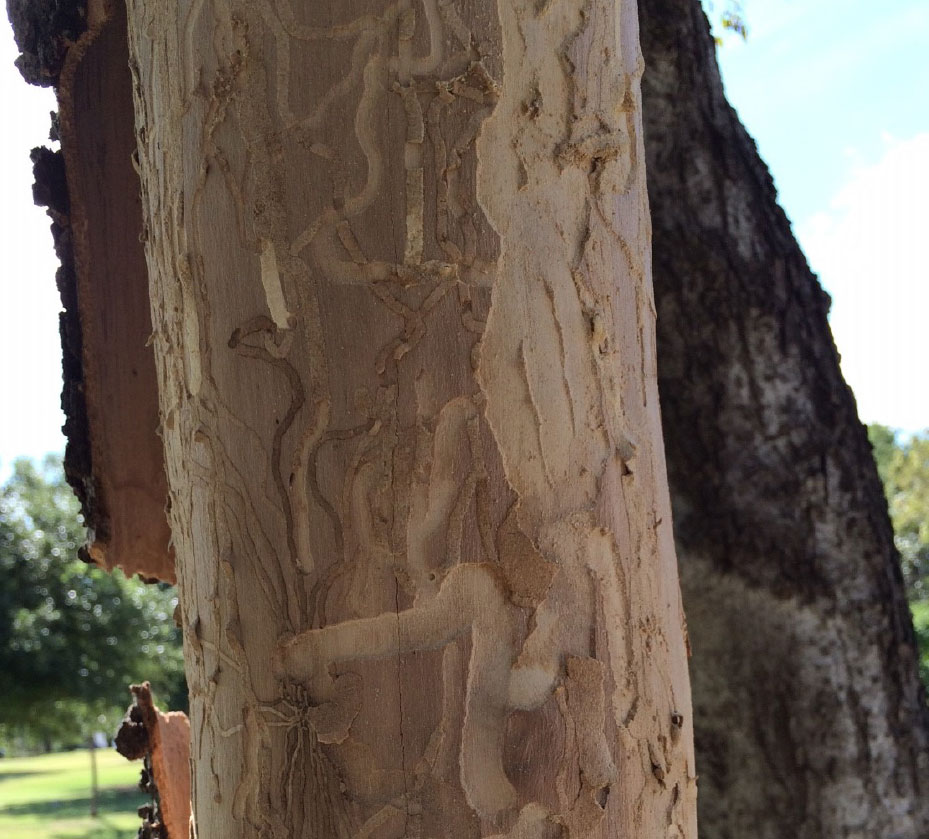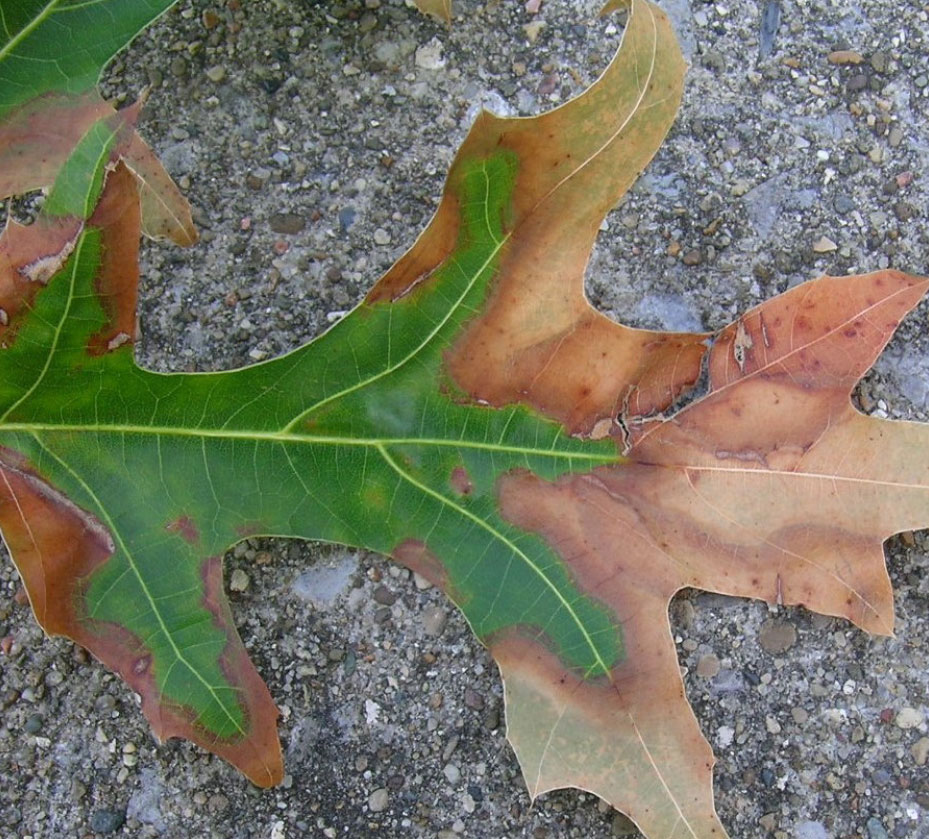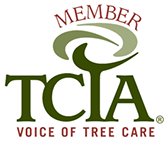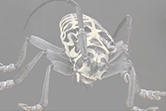![]() 817-656-8733
817-656-8733
REQUEST SERVICE
REQUEST SERVICE
Alpine Tree Service provides detailed pruning and removal estimates free of charge to our customers. We will examine the trees and make appropriate recommendations for their maintenance based on your individual needs. If you would like an in-depth and specialized assessment of your trees or need help with sick trees, we offer these services on a consultative basis for a reasonable fee.
Please call us directly or complete a form to contact a representative. All inquiries will be answered promptly. To complete a form, CLICK HERE
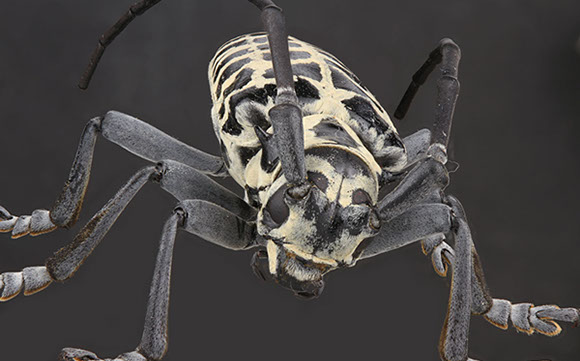
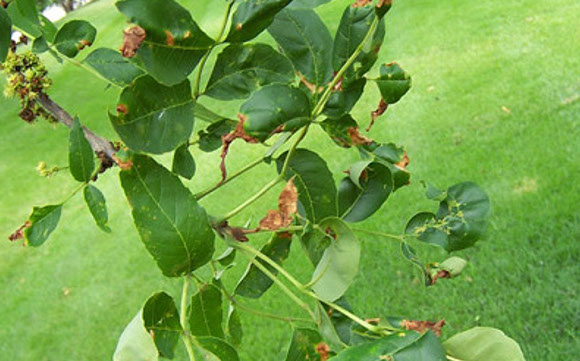
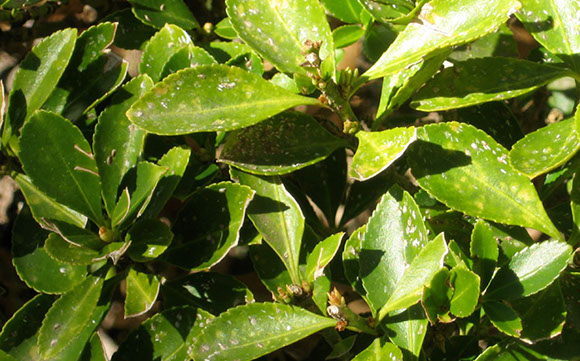
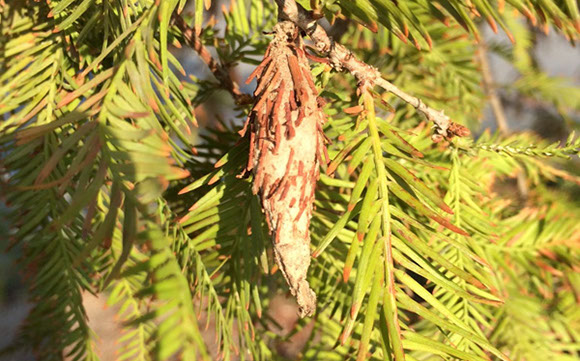
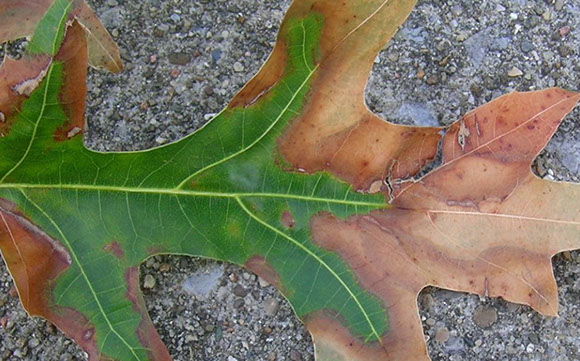
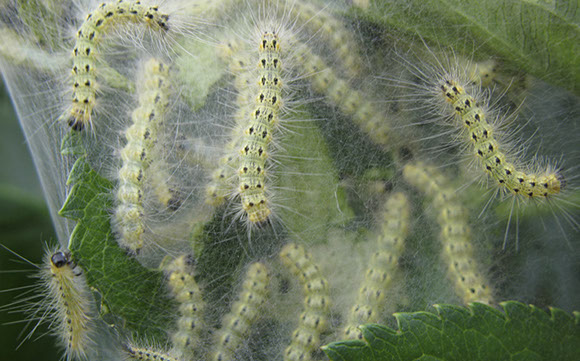
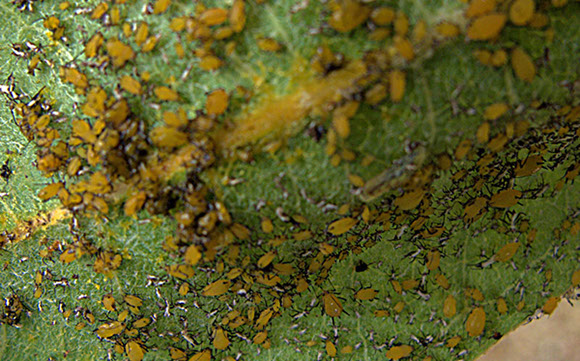
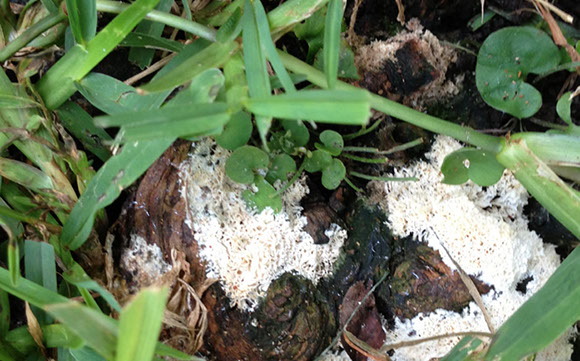
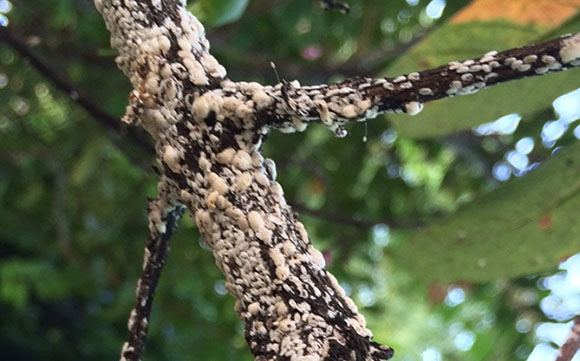
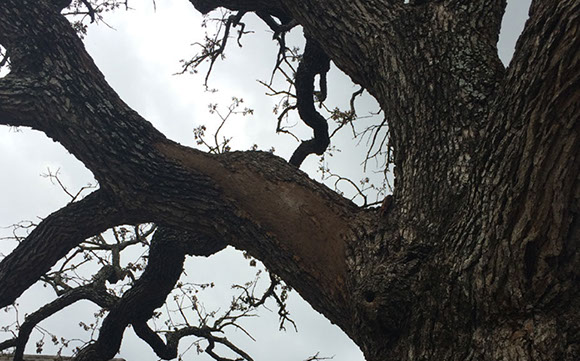
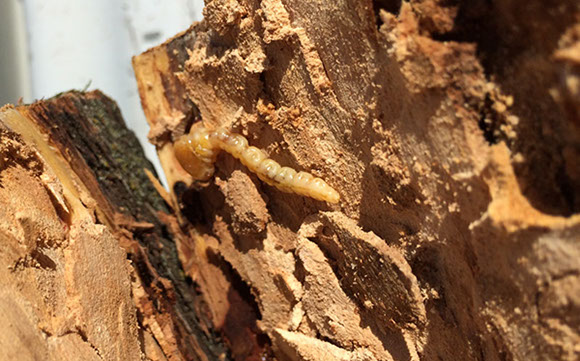
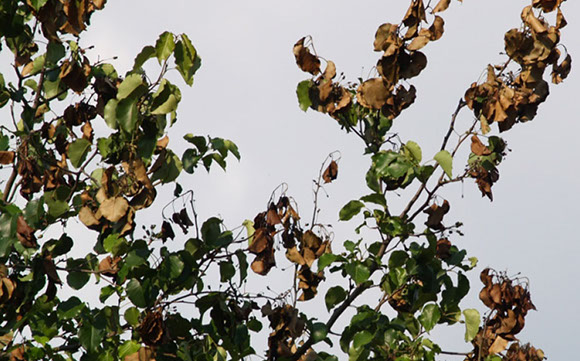
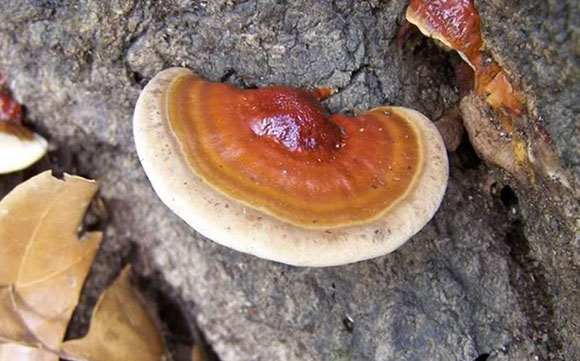
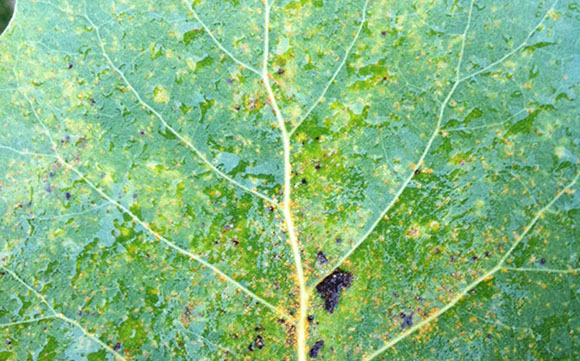
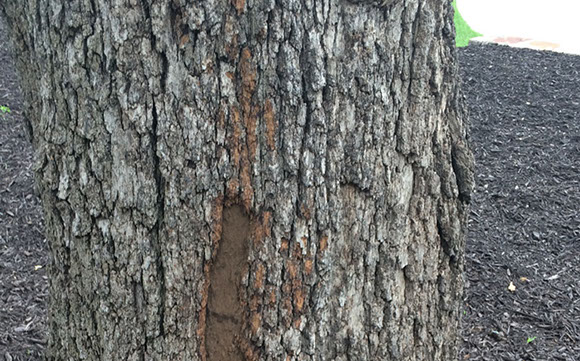
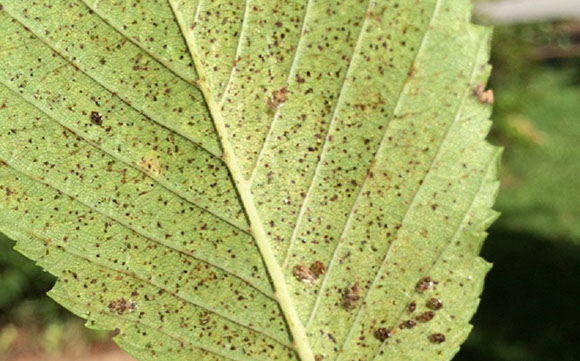
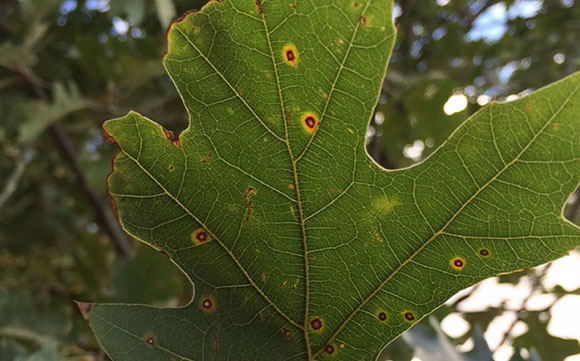
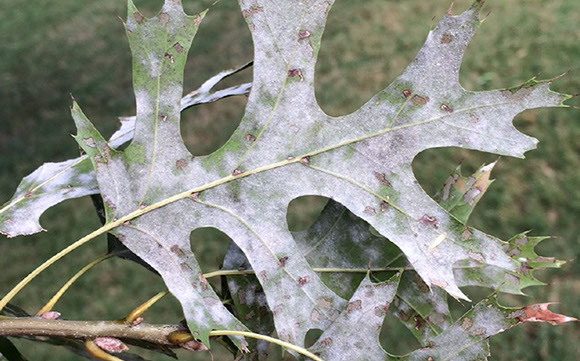
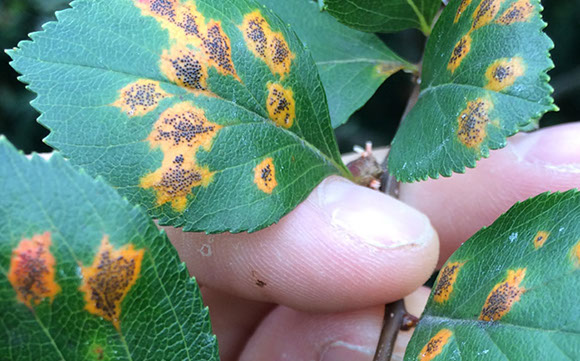
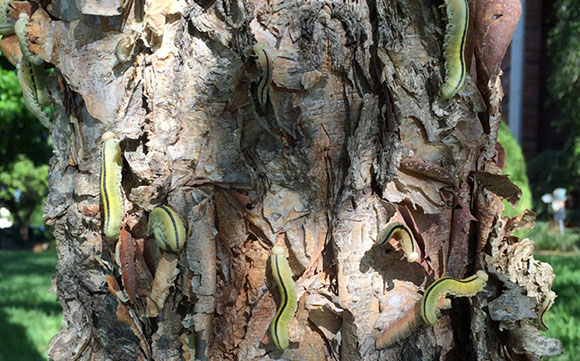
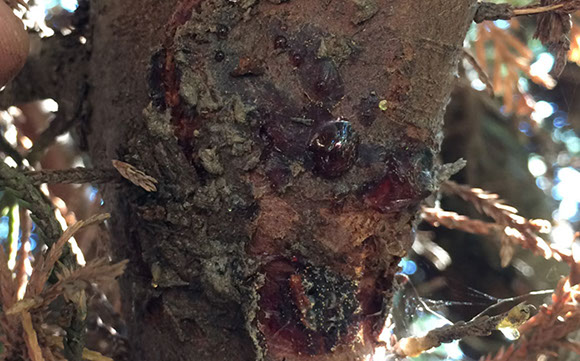
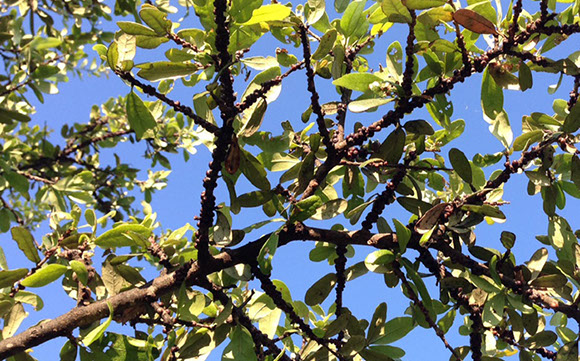
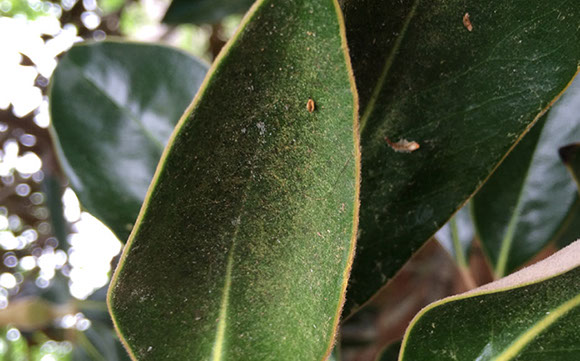
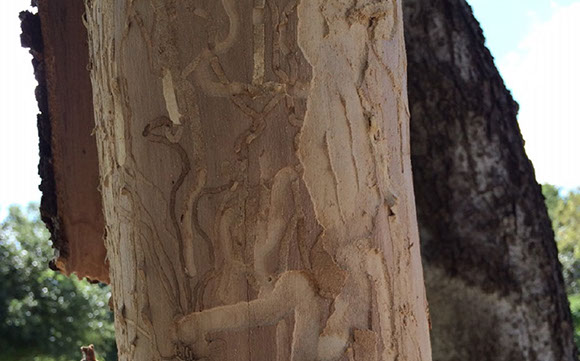
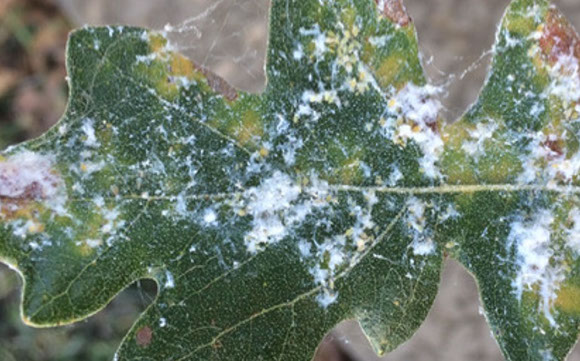
Cottonwood Borer
Anthracnose
Armored Scale
Bagworm Cocoon
Bacterial Leaf Scorch
Web Worms
Aphids
Cotton Root Rot
Crapemyrtle Bark Scale
Hypoxylon Canker
Flathead Borers
Fire Blight
Ganoderma
Cottonwood Rust
Hypoxylon Canker
Lacebugs
Leaf Spots
Powdery Mildew
Rusts
Sawfly Larvae
Seiridium Canker
Soft Scales
Spider Mites
Wood Boring Insects
Woolly Aphids
25 - 25
Plant Health Care
A holistic approach to balance health
and aesthetics for healthy plants.
Plant health care is a holistic approach to manage and balance the health and aesthetics of plants in a landscape, as well as the needs of the owner. The primary goal is to create healthy plants in order to minimize the negative effects of pests, diseases, and extreme environmental conditions. Our PHC program utilizes Integrated Pest Management (IPM) techniques to help us reduce the effects of treatments on non-target species and lower environmental impact, while still providing safe and effective control of pests.
Insect & Disease Control
Insects can cause major damage to trees if left unchecked. Our control measures are designed to provide effective control of the pest, while minimizing impact on beneficial insects and other non-target species.
Diseases can make a tree unsightly, unhealthy, or even unsafe. Our disease control programs are designed to reduce plant stress by effectively managing diseases using products with a favorable environmental profile.
Request Service
Call today or request online. If it's after business hours we'll be in touch the next business-day morning. To make an appointment CLICK HERE
Insect & Disease Diagnosis
Our Certified Aborists & crews are skilled in all aspects of tree care.
Insects & TREE DISEASES IN NORTH TEXAS
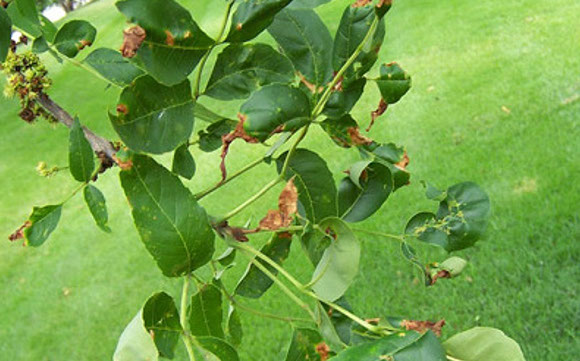
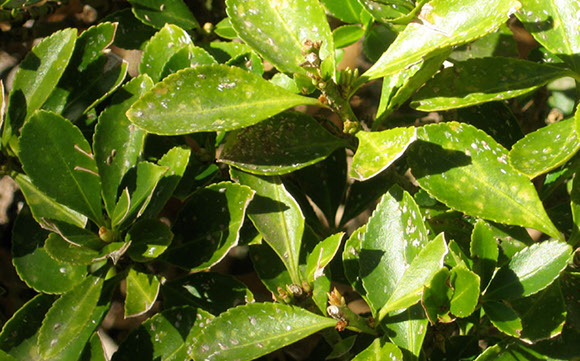
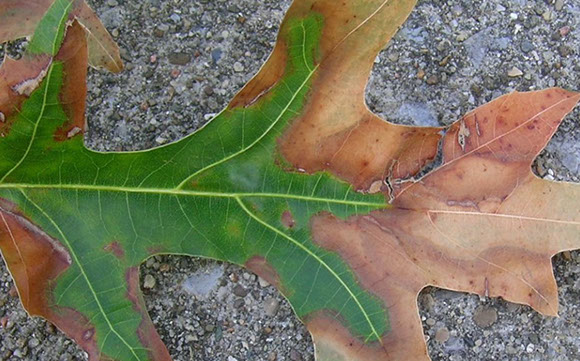
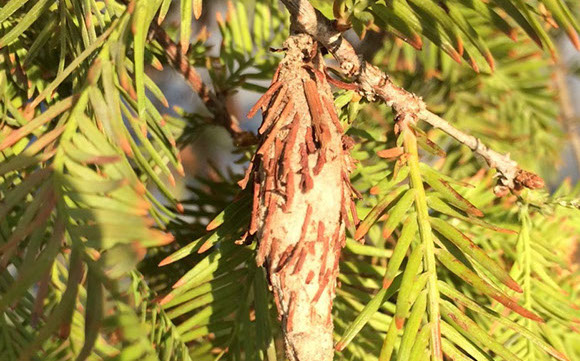
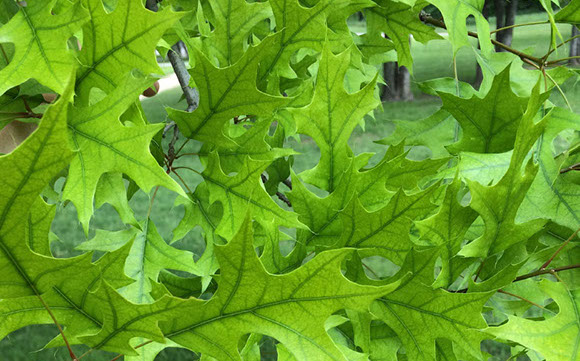
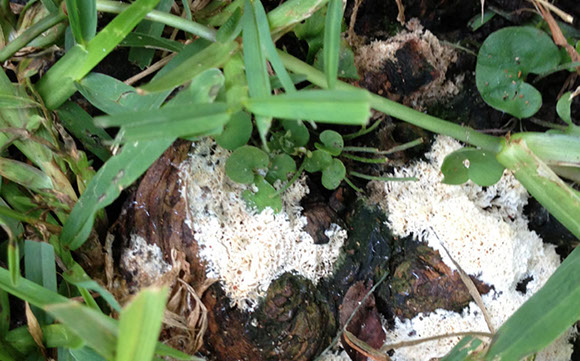
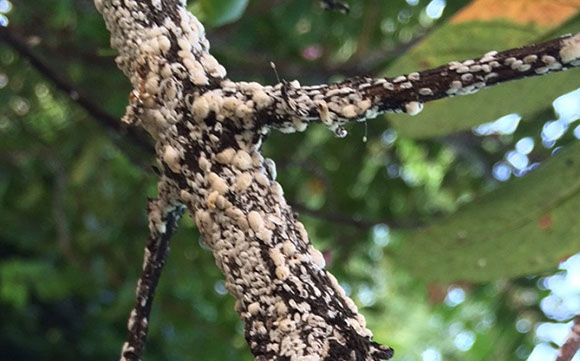
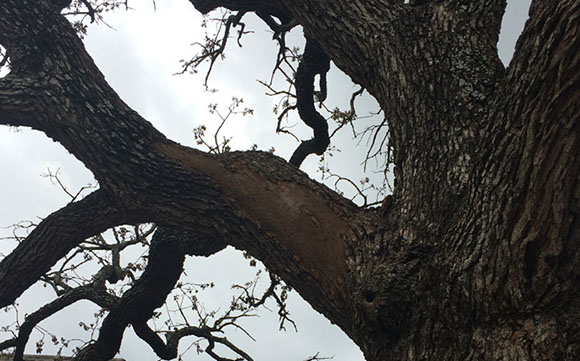
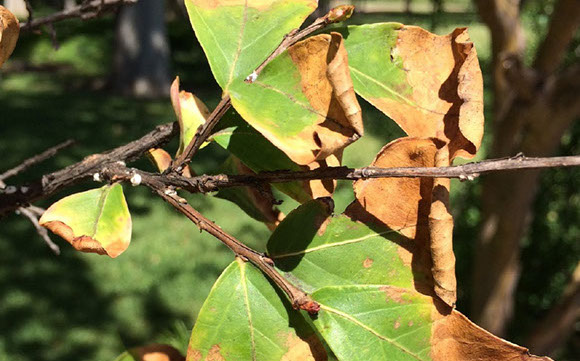
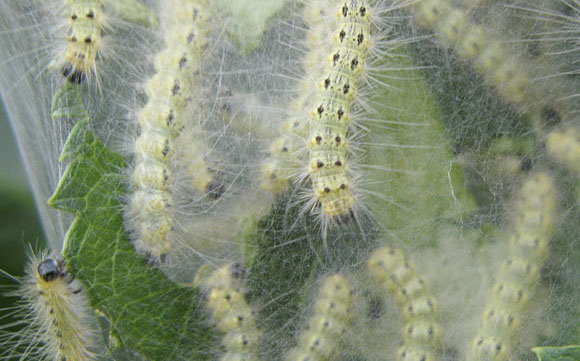
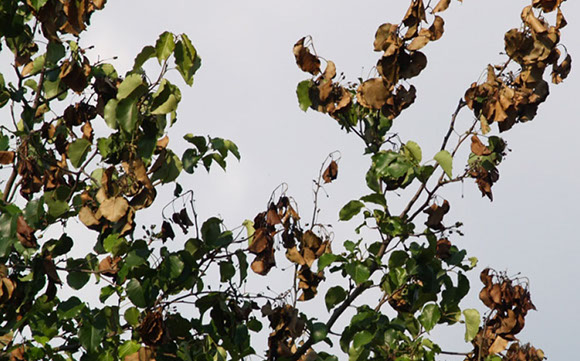
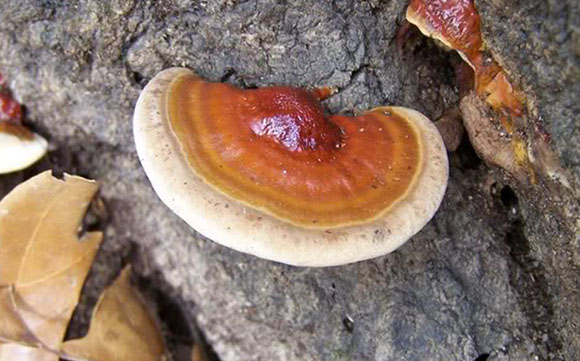
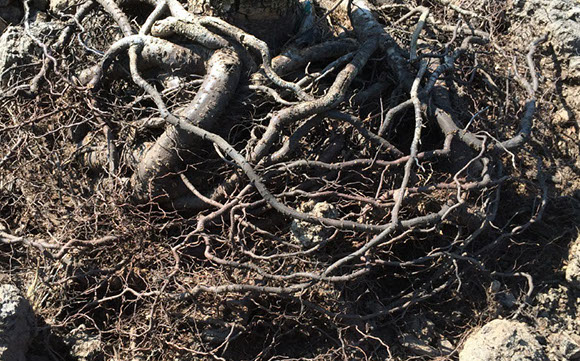
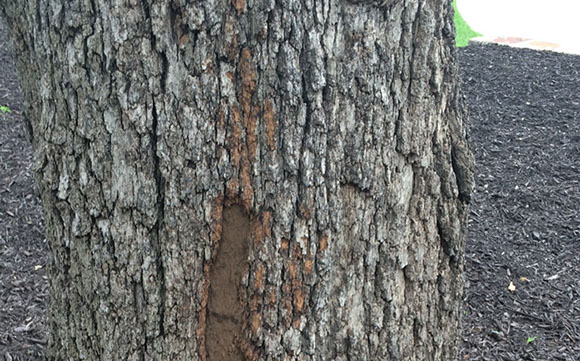
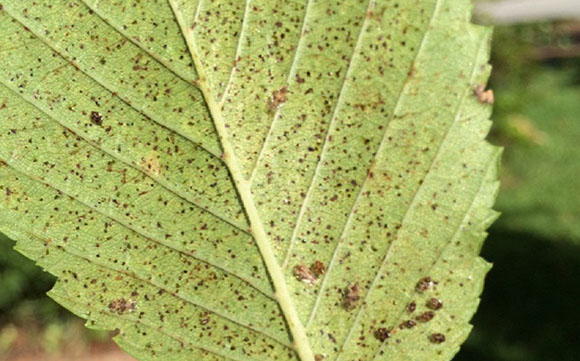
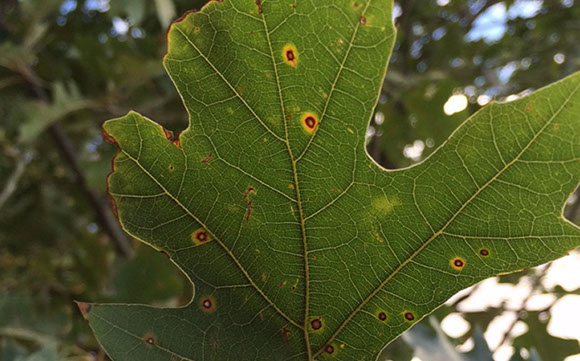
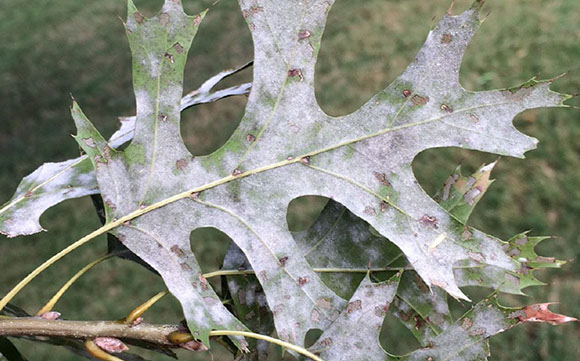
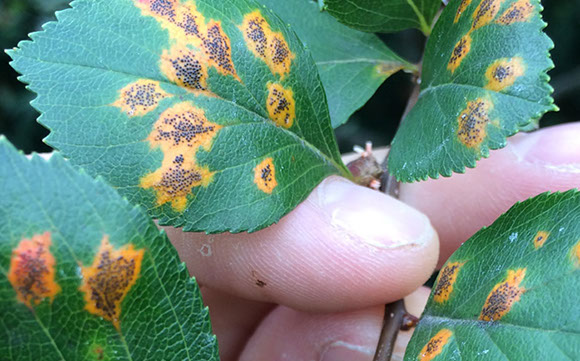
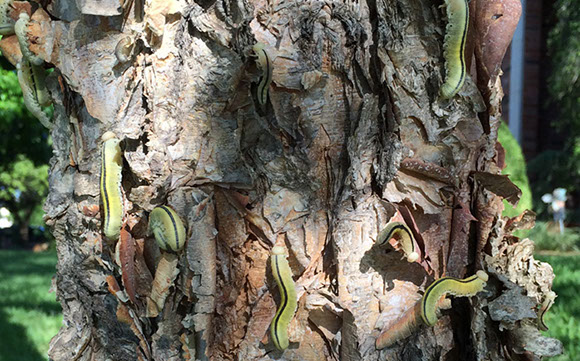
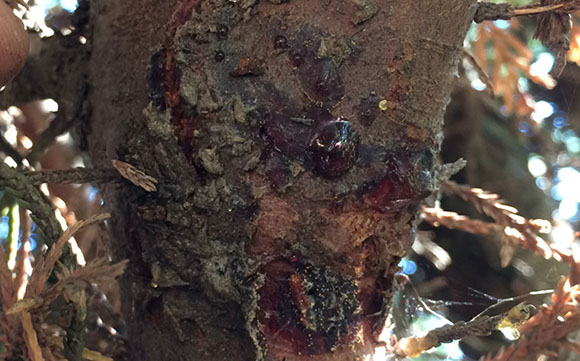
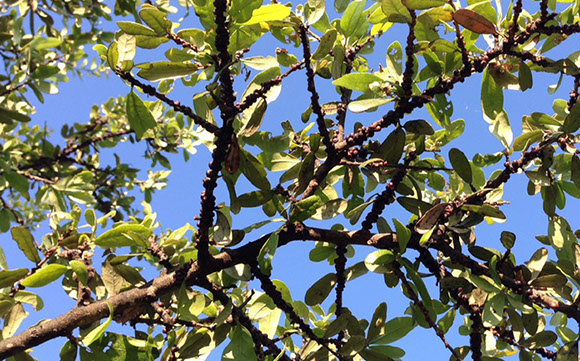
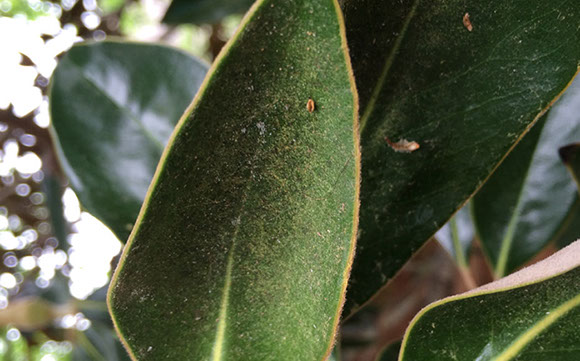
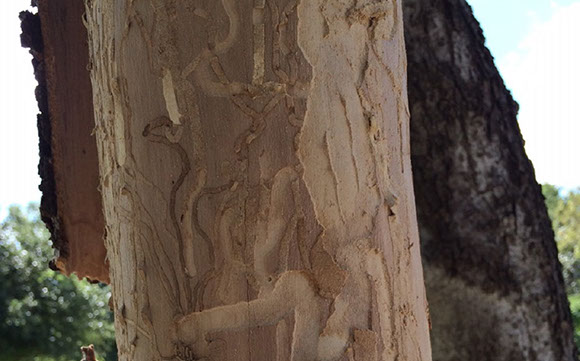
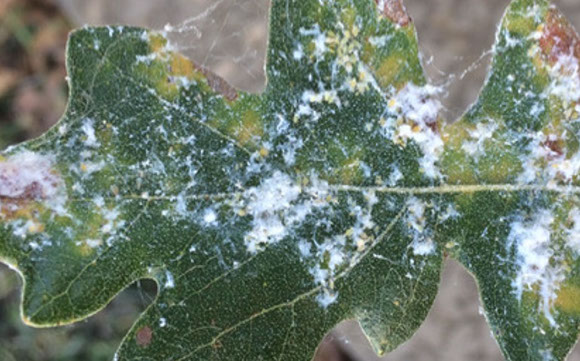
24 - 24
We'll be happy to give your tree(s) an evaluation and you can schedule a consultation with one of our Certified Arborists.









